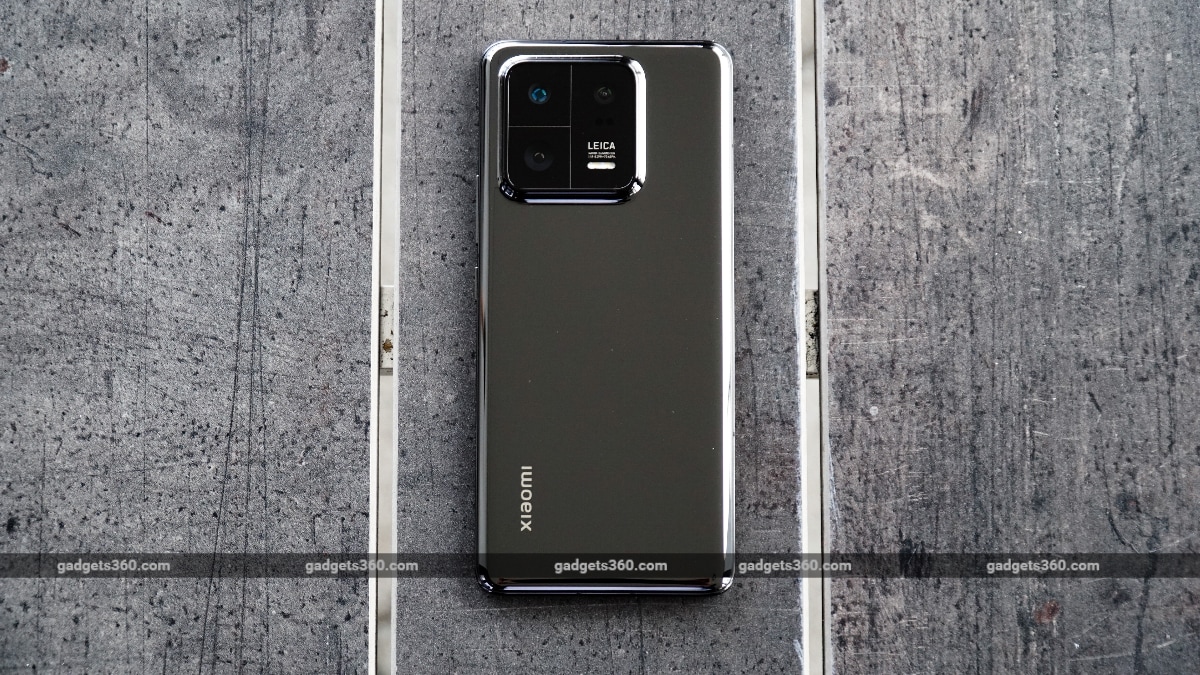
The
Xiaomi 13 Pro primary camera samples (tap to see full size)
The ultra-wide camera, which has a 115-degree field of view, has excellent dynamic range and captures good details. Moreover, the colour temperature is on par with the main camera. The edges are slightly distorted, but this is a side-effect with almost all ultra-wide cameras.
Xiaomi 13 Pro ultra-wide camera samples (tap to see full size)
Making the camera setup versatile is the 3.2X telephoto camera sensor, which has a 75mm focal length. Zoom shots look crisp and offer vivid colours. The telephoto camera has a six piece lens setup, which is paired in two groups of three. The rear group of lenses closest to the sensor can move forward or backward depending on how close the subject is to the phone, and this happens in real-time. When the focusing distance is reduced to 10cm, you can capture macro shots using the telephoto lens. There is also a Super Macro mode which uses the telephoto camera, and you can also capture macro shots with the ultra-wide camera.
Xiaomi 13 Pro telephoto camera sample (3.2X): Tap to see full size
Xiaomi has also added special camera features, courtesy of its collaboration with Leica. For starters, you get two photography styles called Leica Authentic and Leica Vibrant. The former has a more neutral and closer to real life look, whereas the latter is more suitable for social media-ready posts. I also noticed that photos shot in Leica Vibrant mode offered better dynamic range.
In addition to this, there are four different portrait modes in the Xiaomi 13 Pro. Users can capture portraits in 35mm, 50mm, 75mm and 90mm focal lengths. The 35mm focal length captures black and white images, whereas the 50mm and 75mm shoot in colour and add a vignette around the edges. The 90mm portrait mode is called Soft Focus and adds a very dreamy effect. I found myself using the 90mm mode the least, as the 35mm and 75mm portrait modes were my favourite.
Xiaomi 13 Pro Portrait mode samples (tap to see full size)
While edge detection is perfect in most cases, the camera algorithm tends to blur out the wrong parts of the subject at times. Alternatively, there was an instance where the algorithm, in the 75mm portrait mode, detected human faces in the background and did not blur them out. These bloopers were not frequent but I hope Xiaomi takes note and fixes them soon.
Times with Portrait mode blurs out the wrong objects (left) and when it fails to blur out the background properly (right)
The front camera is the best that I have used on a Xiaomi phone. It gets the details and skin tone right in most cases. Edge detection using the front camera too is on point in Portrait mode. There are many filters — some Leica others Xiaomi — for users who play and experiment around with tones.
Xiaomi 13 Pro selfie camera samples
Adding a bit of the Leica touch is the shutter sound reminiscent to Leica cameras from the past. There are also various frames which show the EXIF data of the photo with a Leica watermark. In terms of video, the Xiaomi 13 Pro is quite good. All three cameras can shoot up to 4K 60fps videos. The primary camera gets additional support for 8K 24fps. I preferred capturing videos in 4K 30/60fps for a balance between dynamic range performance, colours, details and stabilisation.
Verdict
The Xiaomi 13 Pro is quite a Leica-ble phone (pun intended). While it features top-of-the-line hardware, it is the little details that help enhance the overall user experience. Be it the shutter sound, number of useful camera filters, or the bunch of software features in the Gallery app. The camera system is also quite versatile and offers a variety of focal lengths to capture moments with unique perspectives for the shutter bug in you.
Xiaomi’s flagship phone is also well tuned. With refinements to MIUI, coupled with a powerful performance unit, the Xiaomi 13 Pro offers a great combination of hardware and software. It also provides good battery life and the 120W fast charging adds to the experience. While there is no official IP68 rating in India, the phone is claimed to offer the same level of water and dust protection as its global counterpart.
I still wish that the software support, in terms of Android updates, was a year more just like Samsung’s and OnePlus’ flagships. The OnePlus 11 5G is more affordable compared to the Xiaomi 13 Pro and has its own Hasselblad touch for the cameras, while matching the Xiaomi 13 Pro’s performance unit. However, with the number of useful camera features, I find the Xiaomi 13 Pro’s setup a bit more fun to use. You also get wireless charging, reverse wireless charging and a ceramic back panel. The closest rival to the Xiaomi 13 Pro would be the upcoming Vivo X90 Pro. It packs the same 1-inch Sony IMX989 sensor and comes with Zeiss’ tuning for the cameras.
For now, if you are someone who wants a reliable camera system in a flagship smartphone, the Xiaomi 13 Pro can certainly be considered.




